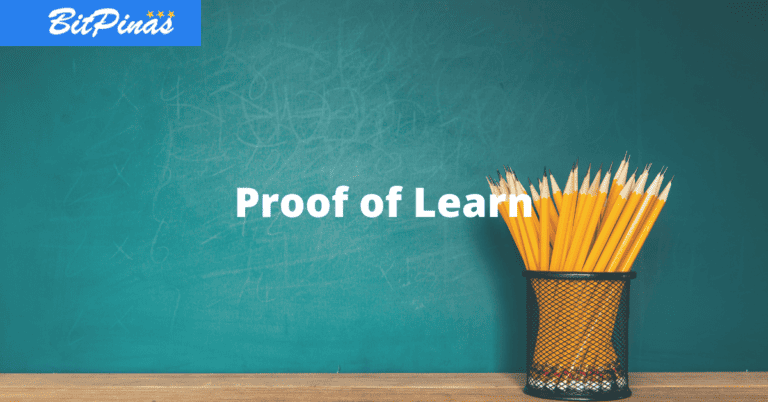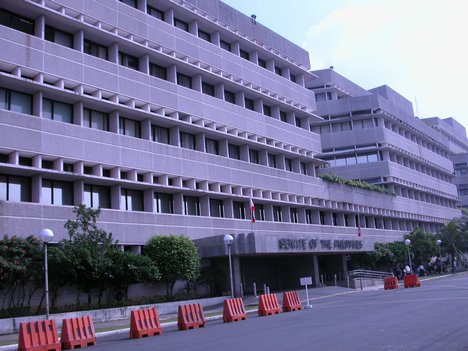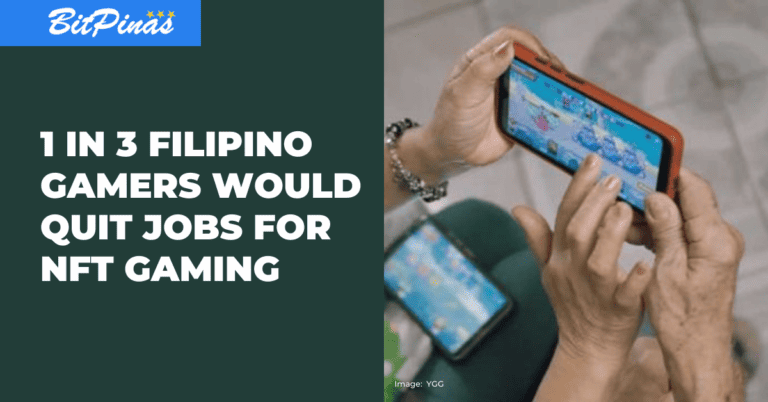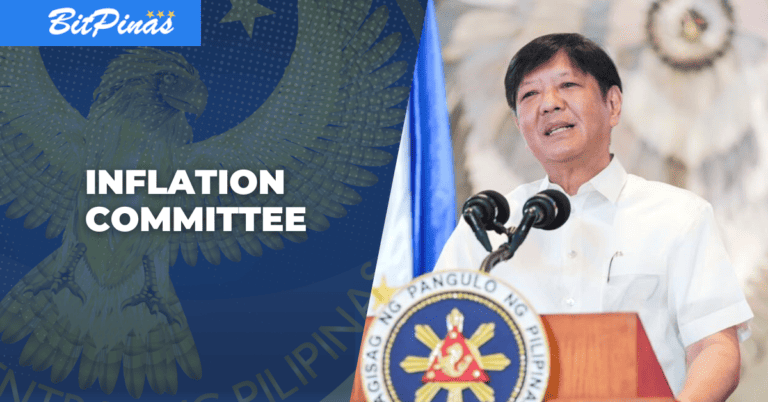Economic Identities: Inclusive Growth and Better Value for Money
Mapping identities from the once considered invisible and undocumented will empower them to be a functional and contributing member of society.

How economic identities in the Blockchain can foster inclusive economic growth and better value for money despite economic challenges
In my last article, I described Digital Identities over the Blockchain and why it matters as we approach a Blockchain-enabled future, and briefly introduced Economic Identities. The concept of economic identities will enrich the development of digital economies that are deemed more inclusive, transparent and free from monopolies. In this article let me expand further on that concept.
Despite all our economic differences — whether we are a consumer, a business owner or a producer, the challenges of inflation and the rising cost of basic commodities are placing its strain on our budgets. From the cost to farm and raise food, from the expenses incurred in processing and transporting food and the definite profit margins to offset losses, the food or item we purchase to consume is a by-product of chain economics. From farm to the table, food and other consumer goods could arguably be cheaper if (a) the cost to produce could be lowered; (b) the cost to distribute is more efficient and; (c) if the overall supply chain is far more efficient than what it is currently.
As a consumer, the fair and justifiable price of basic goods will help cover day to day sustenance for the household family. For producers, a system that makes information available through statistics and insights on cooperative profit factors will give them cause to calibrate their production to move away from losses. For the merchants and distributors, having an efficient system will allow them to price goods with a justifiable margin as traditional losses – that were once avoidable or unnoticeable are brought to light. For the administration, a transparent system that delivers data and monitors variables such as production, ethical means, sanitary and health practices will allow them to set standardized market prices and be able to design better incentives based on efficiency.
Streamlined Economics: Better Value
In streamlined economics, Blockchain’s capabilities of transparency, measurement of data based on co-dependent variables and optimized processes will not only net fairer prices, but it can also build trust within the cooperative and negate unscrupulous monopolies that have since flourished in the supply and demand sectors. You will have farmers being paid their due. You will have distributors having lower losses and you will have a better market commodity watchdog that can quickly suppress the acts of overpricing and unscrupulous exploits on supply and demand.
For example over many decades, the Overseas Filipino Workers (OFWs) and their remittances towards the country has enabled the nation’s fiscal system to withstand global and regional economic turmoil. While the money is hard-earned, OFWs and their families can experience better value under Blockchain’s decentralized and direct means to remit money. Today, third party and clearing times are cost variables. Under the Blockchain, the seamless process of remittance from transfer to withdrawal, would see lowered cost and generate better value for money in terms of time and credit programs designed around patronage.
Grassroots Economic Development
According to the Philippine Statistics Office, the instances of poverty has declined from 27.6% to 21% in the first semester of 2018. While the decline in the poverty rate is a welcome one, the principal challenges remain:
- Identify all instances, individuals or families that are living in poverty
- Lower the rate of poverty through economic programs in societal development
- Empowering individuals and families for economic sustenance
The vision of zero poverty from the means of economic self-sustenance for the once poor were once described as a vision borne from a utopic society. While the vision may seem too good to be true, valid steps are being taken. The first and most important step is in the principle of knowing or identifying the people who are living in poverty. Poverty not only resides on the streets of the large cities such as Manila, but is present in our provinces, including the estimated 15-17 million indigenous people, according to U.N. estimates, that are largely unregistered and unaccounted for, with no identity and limited economic access to our economy.
The poverty problem is not only deep but is also scattered across cities, towns, barrios and the indigenous communities in hard to reach areas. I believe that the government’s National ID Program (PHILSYS) program is ambitious but is a huge step in the right direction. The first step in eradicating poverty is identifying all individuals, families and communities that fit the criteria. If the right measures are taken, the PHILSYS will leave no man, woman or children behind. Once we’ve mapped and registered everyone under the national ID program, we can start identifying poverty in collective clusters and design programs suited for these impoverished communities.
Inclusion starts when we formally acknowledge the once undocumented and the marginalized. Identification is now considered a fundamental human right where the UN and its partners have also began dispelling the once undocumented, unregistered, the stateless and the displaced.
While all identities are universally accepted as unique, the science of correlation highlights the common identifiable traits that can point to the commonly recurring challenges, problems and immediate needs on the people under the classification of poverty. When these needs are clustered and mapped collectively across demographic and geography as scientific data, the mobilization of aid and programs are more likely to happen because there is quantifiable data that justify the budget. This is the key in crafting long-term sustainability programs built on milestone development under the categories of health, education, micro-finance and skill enrichment.
Mapping identities from the once considered invisible and undocumented will empower them to be a functional and contributing member of society. Imagine the 21% of the poor having stable jobs, availing of micro-banking services and paying within their tax bracket, such statistical inclusion will have a huge effect on the local economy of the nation.
Going forward, I will continue to develop and expand on these ideas of digital and economic identity for more inclusive growth that will provide greater access to the social, government and economic opportunities for those that have been marginalized. I hope you’d join me on this journey as we unveil our technologies that will outfit our economic identity programs in the near future.
This article first appeared on BitPinas: Economic Identities: Inclusive Growth and Better Value for Money





